Eduardo Chillida (1924–2002) is one of the greatest of modern sculptors yet curiously little known in this country. The last major show in London was at the Hayward Gallery in 1990, where I first encountered his work in real depth. Before that, he had only exhibited once in the UK, a solo show at the McRoberts & Tunnard Gallery in 1965. Pilar Ordovas is to be congratulated for putting on this small but very choice new show. It’s high time we saw more of Chillida’s work: its powerful sculptural presence combines a satisfying sense of geometry with a love of materials, investigates space and light in new ways and is as much to do with poetry as with construction.
Chillida was born in the coastal town of San Sebastián in the Basque Country, and studied architecture at the University of Madrid before gravitating towards sculpture in the late 1940s. Athletic in his youth, Chillida was goalkeeper for Real Sociedad, San Sebastián’s football club, but a serious knee injury put paid to that promising career. He moved to France and set up his first studio, before returning to San Sebastián to produce major abstract sculptures in iron, wood and stone. Octavio Paz wrote that in Chillida’s work ‘iron says wind, wood says song, alabaster says light — but all say the same thing: space’. The title of this exhibition indicates the predominant materials: on the ground floor are four substantial sculptures in corten steel, while downstairs are three alabaster carvings and a poignant group of ink and thread hangings, together with some delicate pencil drawings.
Most art is primarily about shape, and in abstract sculpture there is obviously a greater premium on the interplay of shapes than in art that has a narrative or descriptive content. Chillida invents shapes and plays them off against one another with originality and succinctness. Take the bases of the rusted steel pieces here. These are not just platforms of metal to enable the sculptures to stand up, they are integral parts of the whole form, essential to the overall effect. For instance, the base of ‘Idea para un monument II’ (1994) is not a simple rectangle but a subtly shaped plate of steel, sharply cut here, rounded and unevenly finished there. This base plate gives the trio of slightly club-like architectural uprights a greater presence, logic and totality of impact. Likewise the great foot for the single tower of ‘Begirari III’, while the major work here, the monumental ‘Basoa IV’, has a chunky steel bar linking its twin columns at ground level, leaving the top of the sculpture free to effloresce into the curving forms so typical of Chillida.
Also here are a couple of ink drawings of hands clumped like clouds, and one is reminded of the importance of hands for a goalkeeper as well as a sculptor, and of Chillida’s remark in the early years: ‘I have yesterday’s hands, I am lacking tomorrow’s.’ He soon righted this deficiency when he discovered his own idiom in forged iron and steel, quite often in sculptures that resemble talons or gripping hands. Downstairs we see him extending his territory into other materials, most notably alabaster. Of the three stone sculptures here, the largest and most recent is the most luminously beautiful: ‘Arquitectura heterodoxa III’ (2000). In this piece, Chillida has mined the interior of the warm pearly-grey alabaster, excavating spaces within the block, to make a mysterious and compelling structure of great self-contained beauty. The two untitled earlier pieces, both from 1966, are explored and cut with lines of much loveliness, though the stone is less obviously seductive and translucent, curiously resembling Kendal Mint Cake.
The forms of these solid yet shimmering houses of light are echoed in the series of marvellous ‘Gravitacion’ hanging constructions, composed from handmade paper cut and inked, then overlaid and sewn together. These dark-and-light assemblages are suspended in their frames from a loop of the thread that holds them together, making them little sculptures rather than drawings or collages. The pencil drawings on the opposite wall have a contrasting fragility that gathers piquancy from juxtaposition with the other work. As Chillida himself said, his work enact ‘dialogues between the full and the empty’. Altogether a very enjoyable show, highly recommended.
A very different artist is at the Fleming Collection. Eileen Hogan (born 1946) is a figurative painter and printmaker much involved with artists’ books, her subjects ranging from London’s city squares to portraits, all depicted with a restrained palette and unassuming lyricism. The theme of this show, which started at the New Art Centre in Wiltshire earlier this year, is Little Sparta, Ian Hamilton Finlay’s garden in the Pentland Hills near Edinburgh. Hogan first visited it in September 1997, quickly recognising its great potential as a subject and intrigued by its unique blend of wildness and built environment, though she little imagined that it would obsess her for 15 years. During that time, and after Finlay’s death in 2006, she returned regularly to the garden, drawing and taking photographs, trying to make her own pictorial terms with Finlay’s aim for ‘simplicity without abandoning the metaphor’.
Hogan’s main subject has been the trio of white-painted beehives in the section of the garden known as English Parkland (Finlay’s garden and its many meanings deserves an exhibition to itself). Each hive bears the blue-painted name of a Scottish fishing vessel (Finlay loved boats) and its port registration — for example, ‘Bountiful UL 238’ comes out of Ullapool; likewise, Sweet Promise hails from Falmouth, and Golden Gain from Fraserborough. These stoutly slatted bee-boxes crouch beneath cherry trees in a dapple of light, enigmatic and memorable: Hogan’s subtle glazes and flickering brushstrokes capture their changing display. Her other chief subject is Finlay himself, caught fleetingly in conversation or disappearing amid the foliage.
At the Fleming Collection the beehives loom large, palely loitering. Hogan paints to good effect in oil on paper with the addition of oil pastel and charcoal. I also liked the straight quiet landscapes and the subtly modulated ‘Goose Hut’. The long glass wall- cabinet in the downstairs gallery contains studies of Finlay and a substantial collection of his limited edition artists’ books and publications. A straw skep by Finlay with Peter Coates sits on a wooden plinth nearby, with a little Hogan painting of a watering can, titled and inscribed ‘Tea Kettle’. It’s as well to remember that all is not what it seems in Finlay’s world — or perhaps in Hogan’s.
Got something to add? Join the discussion and comment below.
Get 10 issues for just $10
Subscribe to The Spectator Australia today for the next 10 magazine issues, plus full online access, for just $10.
You might disagree with half of it, but you’ll enjoy reading all of it. Try your first month for free, then just $2 a week for the remainder of your first year.

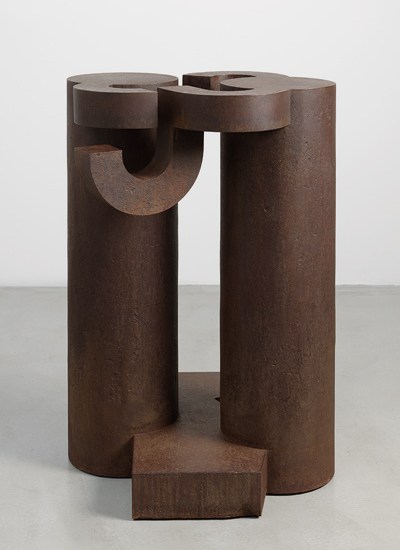
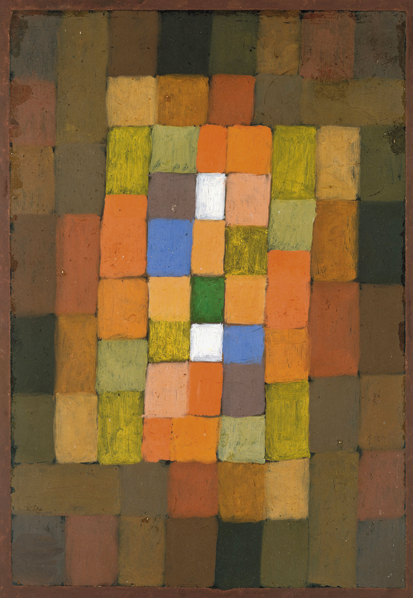
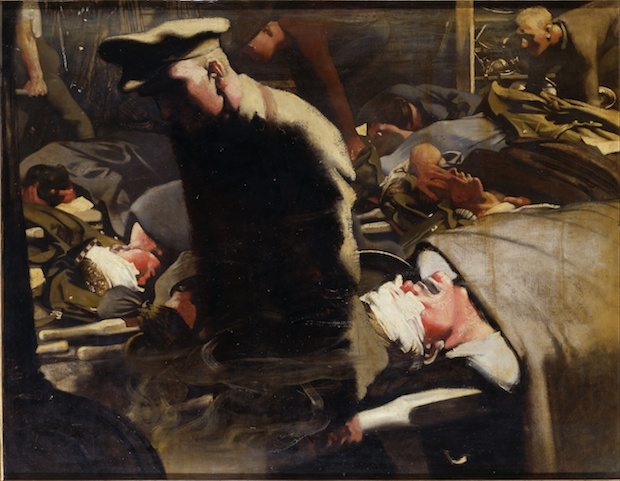
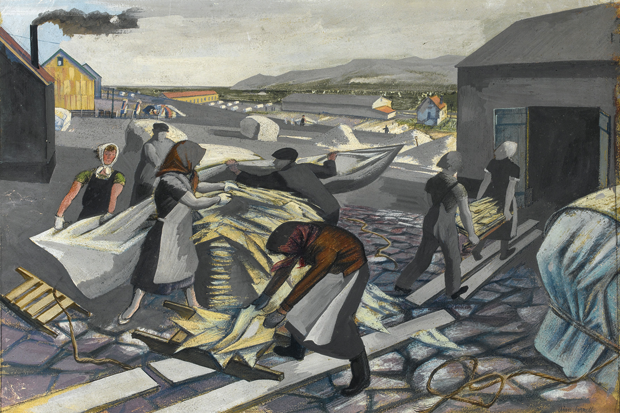
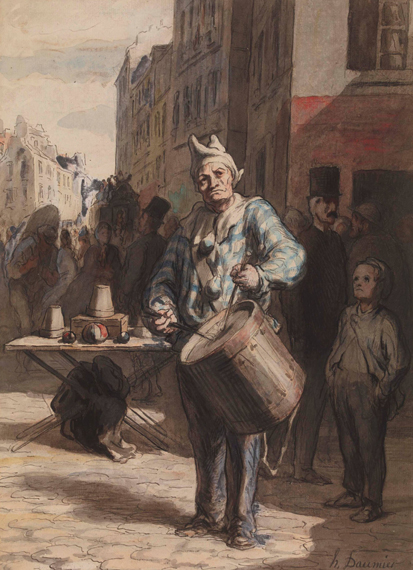
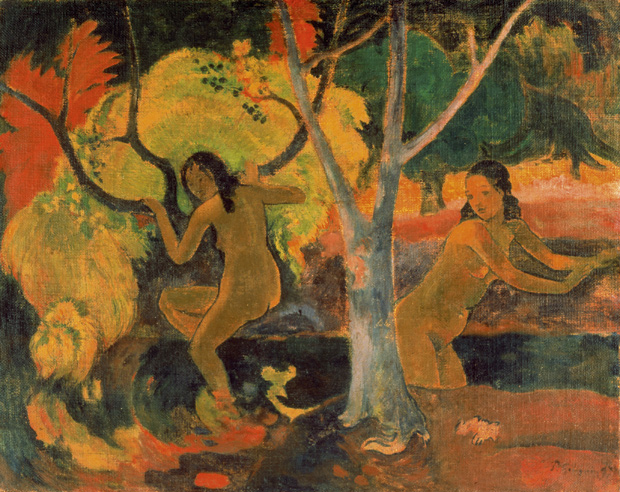
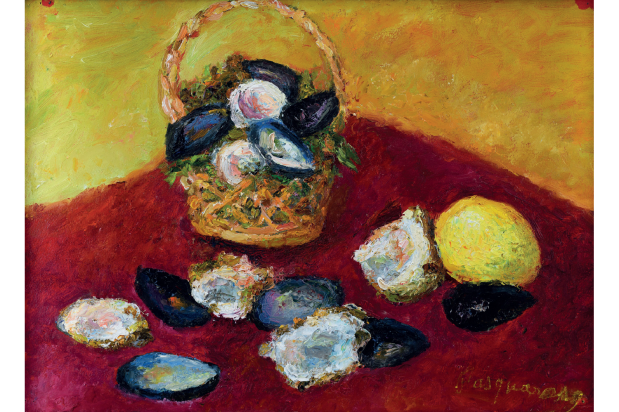






Comments
Don't miss out
Join the conversation with other Spectator Australia readers. Subscribe to leave a comment.
SUBSCRIBEAlready a subscriber? Log in